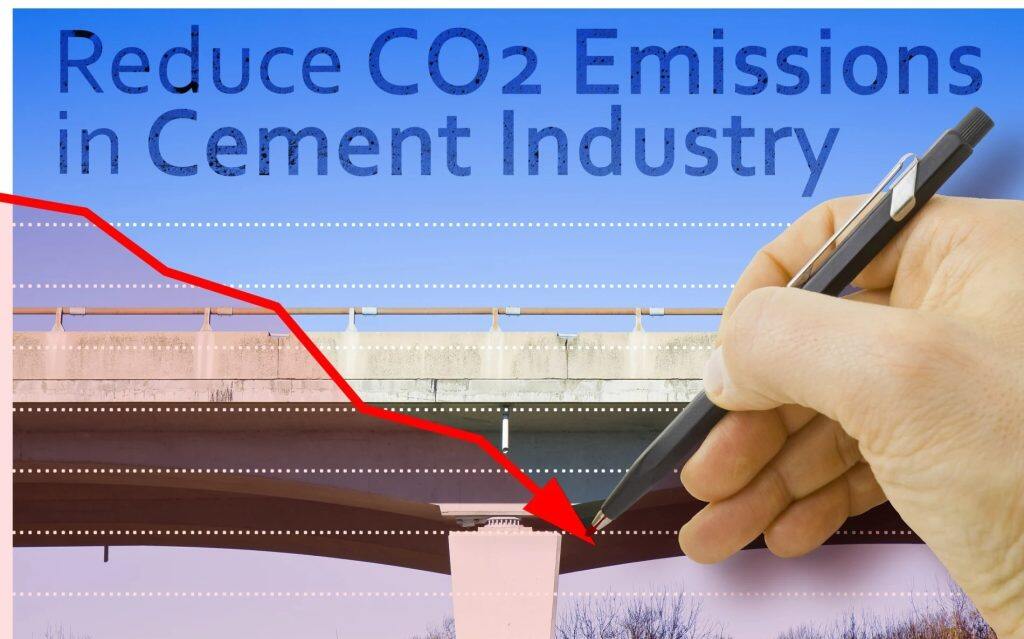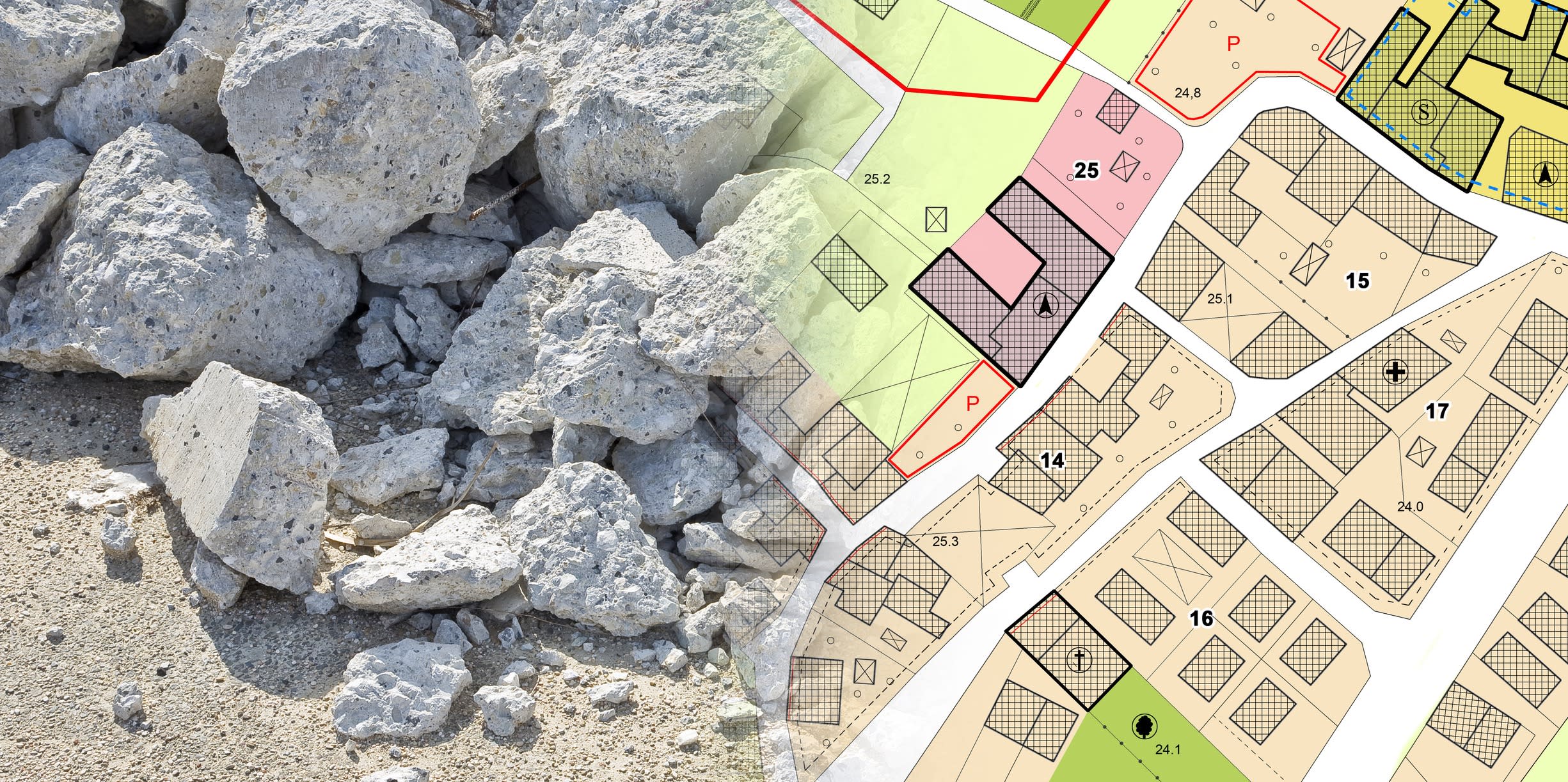The construction industry has long been associated with negative environmental impacts, largely due to its heavy reliance on natural resources and high energy consumption.


The industry heavily relies on concrete in many parts of the world. However, the energy usage required for the extraction of natural resources, production of cement and concrete, and the hydration process to make cement all have a significant impact on carbon dioxide (CO2) emissions.
To address these issues, researchers are exploring alternative, greener base materials that can be reused, recycled, or upcycled for new construction materials.


Associate Professor Sudharshan N. Raman, from the School of Engineering at Monash University Malaysia, and his research group are focusing on valorising various sources of industrial byproducts and deemed waste materials for construction and building applications.
Valorisation refers to the process of adding value to waste or byproducts by converting them into new products, energy, or other valuable resources, thus reducing waste and promoting circular construction practices.
Many Southeast Asian nations, including Malaysia, experienced rapid population growth and urbanisation between 1970 and 2000, leading to a surge in construction activities during this era to provide space, shelter and amenities to the growing population.
Since most buildings and infrastructure are designed for a life cycle of 50 years, they will soon reach their maximum lifespan in the next five to 20 years.


The demolition of these structures to make way for new construction would leave residual materials that can be extracted and processed using suitable techniques to be reused in construction and other applications.
Despite extensive research on recycled aggregates from construction and demolition waste, there are still gaps in knowledge and its implementation in practice.
The properties of recycled aggregates must be examined for optimal performance to meet the limits and standards specified in materials specifications and design codes.
Dr Raman’s group is working to fill these gaps and ensure that recycled aggregates are applicable in real-life scenarios.
In addition to recycled aggregates from demolition wastes, Dr Raman’s team is investigating the potential use of coal bottom ash (CBA), a byproduct from coal combustion in coal-fired power plants, as an alternative material in construction.
The research group is examining the properties of CBA and how it can contribute as an alternative aggregate, as well as a supplementary additive material to cement, in the process of developing a novel cement variation.
In another effort to support resource efficiency in cement production, Dr Raman’s group is looking to produce a cement variant by minimising the clinker content (base Portland cement material) to 10%, where the remaining 90% will incorporate upcycled industrial waste or byproduct materials.


To further promote circular practices in construction, Dr Raman teamed up with Dr Chua Yie Sue from Monash University Malaysia and Associate Professor Mehrdad Arashpour from Monash University, along with 10 other Monash researchers, to form in April 2022 the University’s multi-campus interdisciplinary research node, the Monash Construction Circularity Node (Monash-ConCerN).
The research node will focus its research and innovation efforts on three main areas:
- Circular construction materials to promote resource efficiency and sustainable consumption.
- Lean construction to minimise systems wastage
- Smart life-cycle assessment to improve the overall performance efficiency of the built environment.
The construction industry is a significant contributor to carbon emissions and resource depletion. However, with the development of new technologies and sustainable practices, it’s possible to reduce the negative impact of construction activities on the environment.
Dr Raman and his team are at the forefront of developing and promoting greener construction materials and practices, as well as advocating for the adoption of circular economy principles in the industry.
Their research and initiatives have the potential to transform the construction industry, and contribute to a more sustainable future.







































